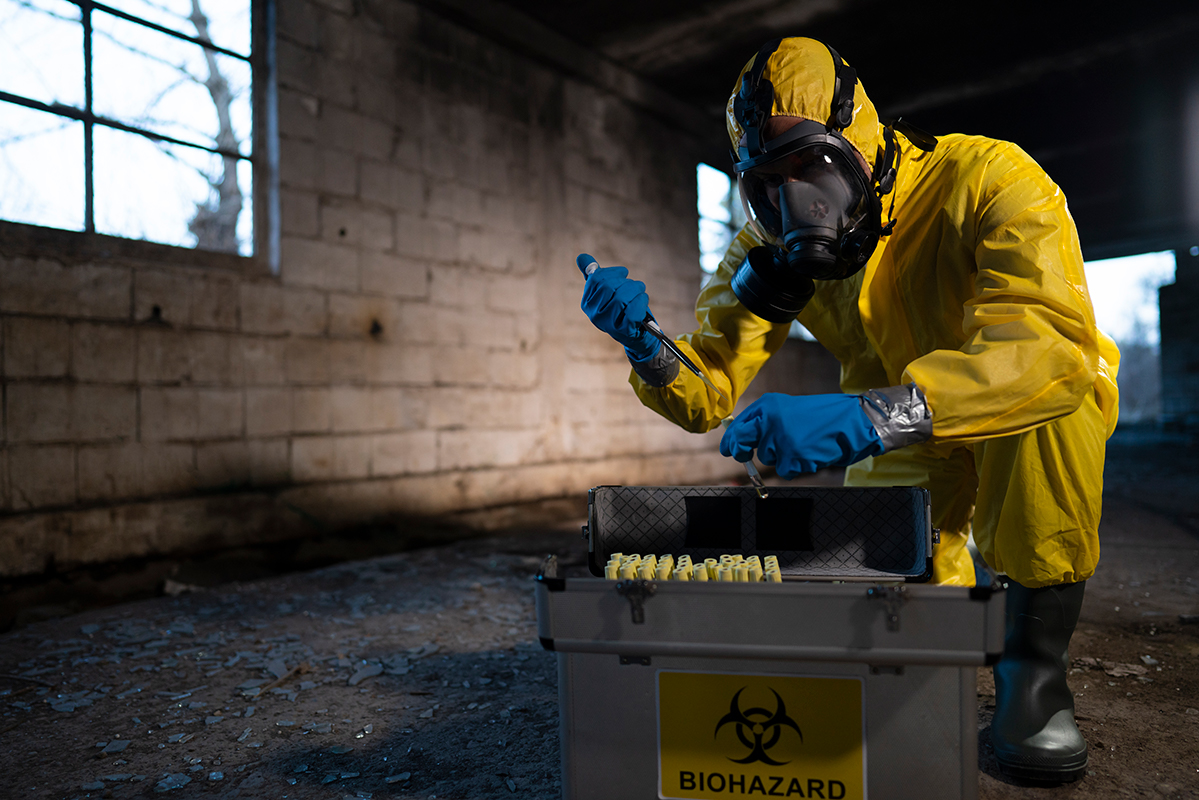- Explosives.
- Dangerous weapons ( for more information, see section below).
- Instruments or material likely to produce substantial injury to persons or damage to persons or property.
- Hazardous materials, which include, but are not limited to:
- Radiological substances or chemicals in a form or quantity that would create an event or release a footprint greater than 30m. ( Note: This does not include radiological sources monitored or controlled under the MC&A Program)
- Safety Level 3 and 4 Biological materials. (Note: BioSafety [BSL] 3 and BSL-4 materials are not approved in the Sandia Authorization Basis.)
- Alcohol.
- Any other item prohibited by law (e.g., illegal drugs and associated paraphernalia).
- Alcoholic beverages may be temporarily stored in unopened, sealed containers in a locked personally owned vehicle.
- Personal pocket or utility knives, such as Leatherman tools and Swiss Army knives, are allowed on Sandia-controlled premises if blades are less than 2.5 inches (per 18 U.S. Code 930). Knives intended for food preparation are also allowed, regardless of blade length. However, personally owned bladed weapons that are likely “to produce substantial injury to persons” (e.g., switchblade and hunting knives) are prohibited.
Note: Personal chemical protection sprays (e.g., pepper spray) are prohibited.
Dangerous Weapons
DOE/NNSA requirements prohibit the possession and use of dangerous weapons, including personally owned firearms, on Sandia-controlled premises
In addition to firearms, dangerous weapons include martial arts weapons (e.g., nunchaku, ninja stars), switchblade knives, and (per 18 U.S. Code § 930) knives with blade lengths of 2.5 inches or more. (Exception: Knives intended for food preparation are excluded from the blade-length regulations/rules referenced above.)
